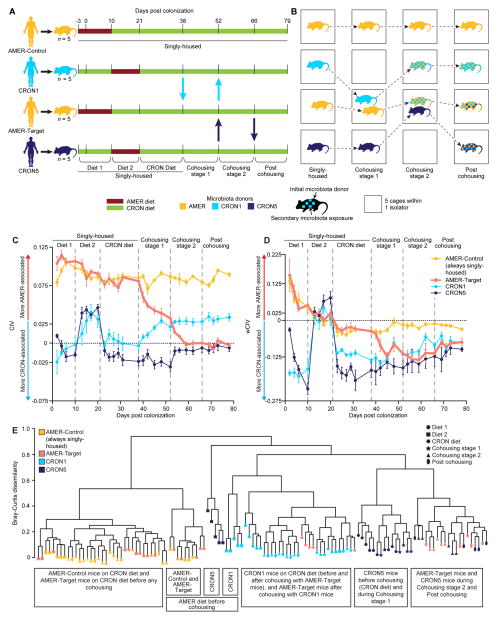Figure 4. Responses to a CRON diet intervention in the context of an experimental metacommunity.
(A) AMER-and CRON-colonized mice were subjected to diet oscillations and cohousing in a designed metacommunity, during a CRON diet intervention, as described in the text and Supplemental Experimental Procedures. (B) During cohousing stages, AMER-Control mice were only exposed to their human donor’s microbiota, CRON1 mice were exposed to an AMER and a CRON community, and AMER-Target and CRON5 mice were exposed to microbes from all three. (C,D) CIVs (Panel C) and wCIVs (Panel D) for transplanted fecal bacterial communities are shown as a function of dietary and microbial exposures. More positive CIVs and wCIVs indicate greater representation of more AMER-associated OTUs, while more negative values indicate greater representation of more CRON-associated OTUs. (E) Hierarchical clustering groups the fecal microbiota of mice according to diet and history of microbial exposure. See also Figure S2.

